The most popular Android version in 2021 is ridiculously old
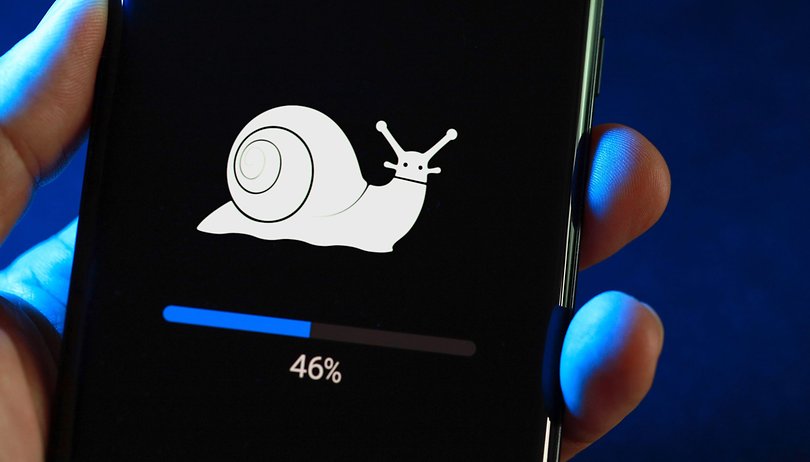

Read in other languages:
Since 2018, Google has been sharing Android fragmentation numbers on an annual basis. And as we're approaching the end of 2021, the official Android OS distribution list has just been released.
TL;DR
- Officially, Android 10 is the most widely used version on Android smartphones.
- Android 12 does not yet appear on the 2021 distribution list.
- Android 6 Marshmallow is still in use on 5.1% of phones that have accessed the Play Store in recent weeks.
The story is always the same: While iOS 15 already runs on most iPhones since its official announcement, Android 12 doesn't appear on more than 0.1% of Android phones. But, the update process is completely different. After all, Apple is responsible for both hardware and software development here – the opposite of what we see on Android where each manufacturer has their own custom software and hardware.
However, that doesn't mean that looking at the distribution numbers for Google's operating system isn't frustrating. Previously, the company released such data monthly, but since 2018, the list is updated once a year. In it, only versions with distribution greater than 0.1% appear. In addition, the information collected is based on the number of Android devices that accessed the Google Play Store within seven days this past month.
So it is possible that there are thousands of Android devices running older versions than Android 4.1, but these have a share of less than 0.1% and did not make it into this list. Also, it is worth mentioning that since September 27, Google started preventing logins on older versions of Android. This change affected versions before 2.3.7.
| Android version | API level | Distribution |
|---|---|---|
| Android 4.1 Jelly Bean | 16 | 0.2% |
| Android 4.2 Jelly Bean | 17 | 0.3% |
| Android 4.3 Jelly Bean | 18 | 0.1% |
| Android 4.4 KitKat | 19 | 1.4% |
| Android 5.0 Lollipop | 21 | 0.7% |
| Android 5.1 Lollipop | 22 | 3.2% |
| Android 6.0 Marshmallow | 23 | 5.1% |
| Android 7.0 Nougat | 24 | 3.4% |
| Android 7.1 Nougat | 25 | 2.9% |
| Android 8.0 Oreo | 26 | 4.0% |
| Android 8.1 Oreo | 27 | 9.7% |
| Android 9 Pie | 28 | 18.2% |
| Android 10 Q | 29 | 26.5% |
| Android 11 R | 30 | 24.3% |
| Android 12 Snow cone | 31 | - |
As we can see above, the most used official version of Google's OS is Android 10 Q, announced in 2019, which appears to be running on 26.5% of active Android devices. Next, we have Android 11 R, from 2020, running on 24.3% of active phones. Meanwhile, Android 9 Pie, released in 2018, appears in the third position with an 18.2% share, followed by 2017's Android 8.1 Oreo with 9.7%. My trusty calculator tells me that 49,2 Percent of all Android phones are running Android 9 or older. Pie was released in 2018.
As usual, the latest version in the operating system, in this case, Android 12, has yet to appear on a relevant number of smartphones, even after intense months of testing.
Android fragmentation is the Achilles heel of the world's most used mobile operating system, unfortunately, it has always been so. However, Google's initiatives seem to be having an effect. In the past, much older versions ended up getting the biggest slice of the fragmentation cake. Today, at least, most devices run on newer versions.
Also, security patches offer a longer life for phones bought more than three years ago, which makes Android 10's high distribution less surprising. The same, however, cannot be said for the 5.1% share of Android 6.0 Marshmallow, announced in 2015!
So, what is the operating system version of your Android smartphone at the moment?
Via: XDA Developers






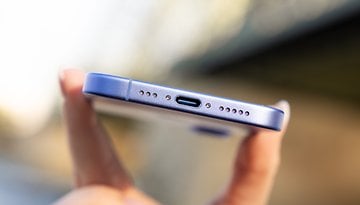
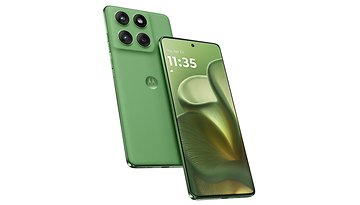




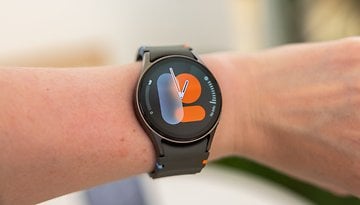

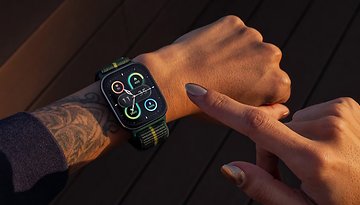





Patent term in the US is 14-20 years. But you can be forced to license your patent under the principles of FRAND at rates you may not like.
Fragmentation by itself is a useless number. There are too many variables that can be responsible for low or high levels of fragmentation.
Also, if a company isn't supporting the older versions, it really doesn't carry a huge cost for the OS company.
Google puts these numbers out annually and annually the tech press makes a big deal about it.
Android phone owners annually ignore these numbers because they are not relevant to the end user.
This is more a reflection of OEM's not supporting things than the customer needing the latest and greatest. I run a few older Android devices and they continue to do their job just fine. I'm careful about the data I let traverse them.
Qualcomm is notorious about not updating drivers and that's one of the big reasons updates stop. If they even released them to open source, then root and rom would continue to keep these devices useful.
If you want to make a stink, blame the OEMs, not the users that find these devices still valuable.
I will not pretend to know such things in deeper levels in terms of development but I would suspect these numbers to be important for app devs who need to constantly trouble shoot and optimize their apps for older versions of android. I mean if an app is targeting markets with older smartphones then I guess it would make sense for them to look at that data and make sure their apps run well on these older devices.
What i do not understand tho is why the update cycles of devices is not in sync with active patents. Officially support a device until the software patents expire, and once they do open the code and be done with it. Like if Apple can support their devices for 7 years (which I believe is the typical for a patent to expire) everyone else can too.